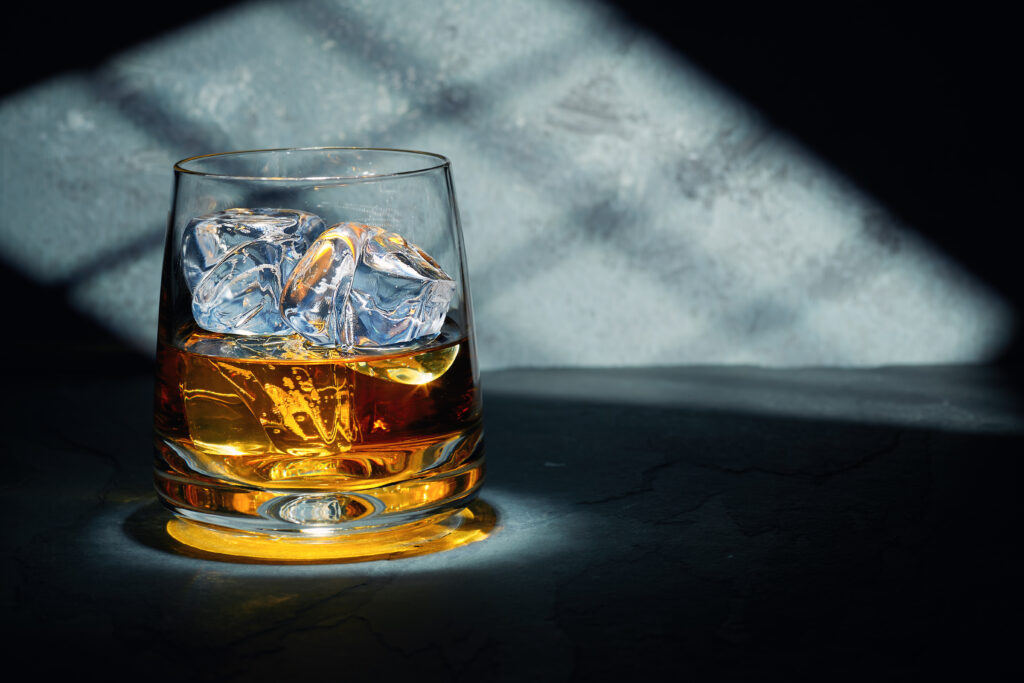We swear, we just love the flavor and want to learn more. Having something to sip on before/during/after a long day in the garden is not something we take lightly. Now we understand that Whiskey aficionados know all the nitty gritty details. From cask strength, blends, chill-filtration, mash, fermentation, and so on, the terminology can be head spinning. Those new to the spirit trade might find the specifics hard to keep straight. Let’s outline the basics just to get you started.
What is whiskey (or whisky)?

Whiskey (or whisky) includes a variety of distilled liquors that are made from a fermented mash of cereal grains, such as corn, barley malt, rye, and wheat, and they are aged in wood, usually oak. It can be aged in many areas of the world and in various types of barrels.
Is there really a difference between whiskey and whisky?
There actually is a difference between whiskey and whisky–it’s not just the spelling! The more interesting differences have to do with the type of grain that is used and where the liquor is produced. Whiskey (with an “e”) is primarily produced in the United States and Ireland. Whisky (no “e”) is usually produced in Scotland, Canada, and Japan.
What is Bourbon?
Bourbon is a form of whiskey, and it is usually spelled with the “e” (as in whiskey). The most basic thing you need to know when you’re just starting to learn about bourbon is that all bourbons are whiskeys but not all whiskeys are bourbon.
all bourbons are whiskeys but not all whiskeys are bourbon.
More specifically, bourbon is American-made whiskey, and there are a few rules that it must abide by in order to officially be labeled a bourbon. Bourbon must have at least 51% corn mash and it must be aged in new charred oak barrels for at least two years. No additives or colorings are allowed in the distillation process of bourbon, and it must be bottled at 40 to 80% ABV.
What is Scotch?

Scotch is also a form of whisky, but it’s the kind that is usually spelled without the “e.” I’m sure you could guess from the name, but it is made in Scotland. Scotch is primarily made from malted barley, which is barley that has been soaked in water, partially germinated, and then dried. Its distinct taste comes from the way that the germination process is stopped at the ideal time to extract the most flavor. Like bourbon, Scotch distillers must follow certain rules in order for their whisky to officially be labeled Scotch. It must be made with only grains (primarily malted barley), yeast, water, and caramel coloring. It must be aged at least three years in oak barrels, and it must be bottled at 40 to 94.8% ABV.
What else do I need to know?
This is only the tip of the iceberg when it comes to the world of whiskey (or is it whisky)! If you’re still interested, grab a drink and look into these other varieties: Tennessee whiskey, Irish whiskey, Canadian whisky, single malt Scotch, and blended Scotch.
Let us know your favorite and we can give it a tasting review.
Happy Planting!

